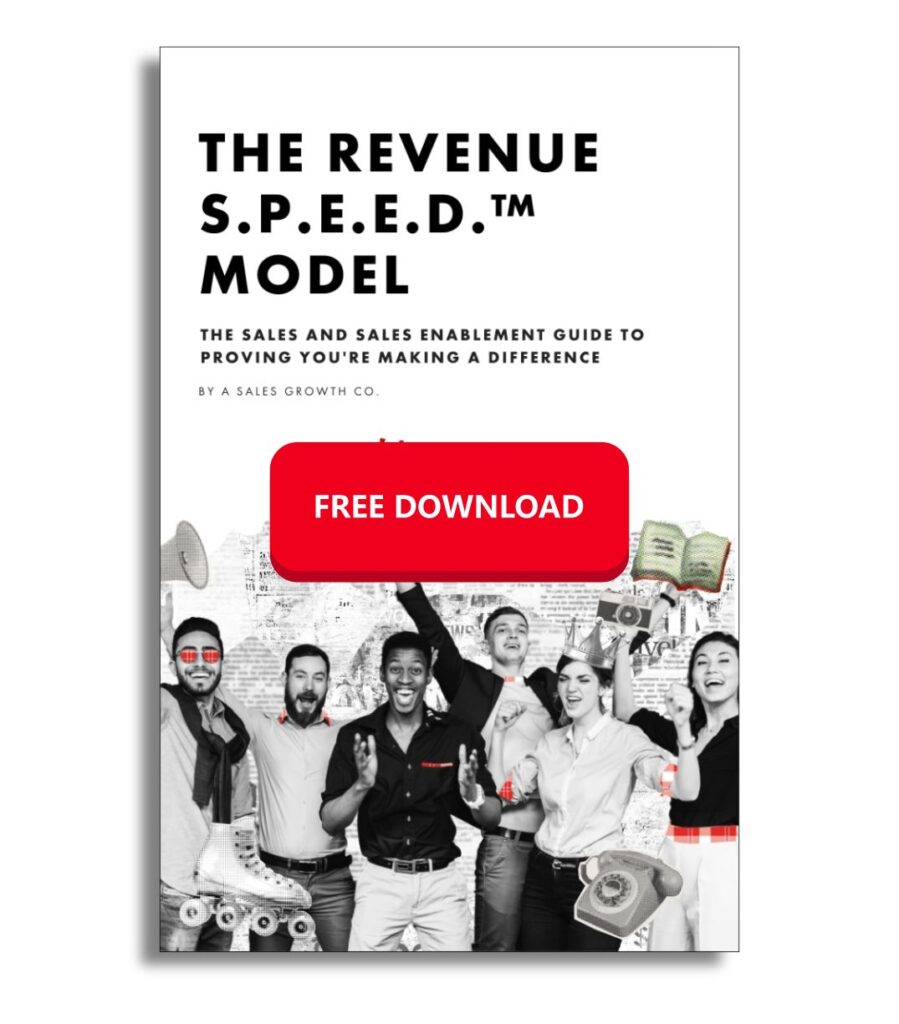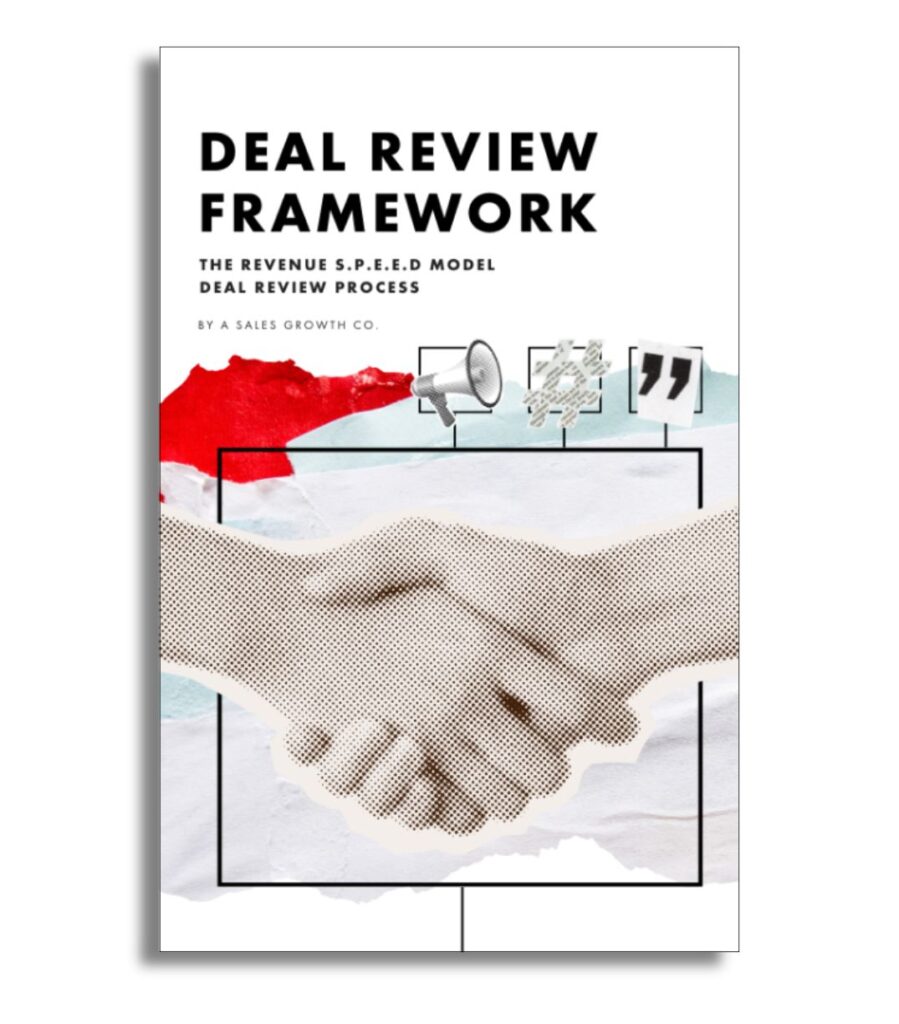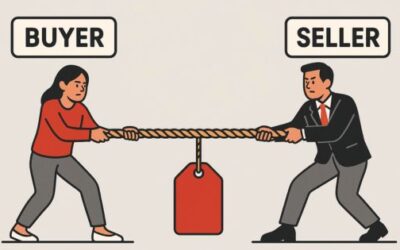Before scaling a sales team, sales leaders need to confirm the organization is ready to support more people, more process, and more pipeline. Hiring too early, without structure or visibility, creates complexity that slows growth instead of driving it.
This article breaks down how to scale a sales team with operational discipline. It covers when to expand, how to define roles, what systems to implement, and how to keep performance on track as the team grows. Each section focuses on actions that can be executed, measured, and coached inside a sales organization.
Key Takeaways
- Evaluate performance, pipeline volume, and financial metrics before expanding the team.
- Define role clarity, segmentation, and reporting structure to support scale.
- Assess your current team using a structured skills matrix and close any critical gaps before hiring.
- Build a repeatable sales process with clear stage definitions, buyer-aligned progression, and CRM integration.
- Standardize onboarding with role-specific training focused on execution, not just knowledge transfer.
- Set performance standards tied to revenue metrics and reinforce them through regular inspection and coaching.
- Align enablement, marketing, and systems around the sales process and buyer needs.
- Design compensation plans that reward revenue-producing behavior and adapt as your model evolves.
- Use deal data to identify breakdowns and refine your strategy as the team grows.
- Revisit structure, process, and enablement quarterly to ensure continued alignment with growth goals.
Confirm Readiness Before You Scale
Start by evaluating whether your current team consistently meets or exceeds quota. Check if your sales process is repeatable across reps and if pipeline volume supports additional headcount. Without this baseline, scaling compounds execution issues instead of solving them.
Review financial metrics to validate the business case for expansion. Your lifetime value to customer acquisition cost (LTV:CAC) ratio should be at least 3:1. If your average contract value is low, calculate whether rep productivity can support hiring costs over time.
Inspect lead volume and conversion rates across both inbound and outbound sources. Confirm that marketing can deliver enough qualified inbound leads and that your outbound prospecting efforts consistently generate opportunities. If the current team can’t absorb more demand without delaying follow-up or reducing deal quality, and if output has plateaued while process maturity is high, you’re likely ready to scale.
Define the Sales Structure You’re Building Toward
Clarify which roles you need to add and how those roles interact. Start by identifying where your current team is reaching capacity. If inbound leads are going untouched or follow-up is delayed, you may need more AEs to manage volume. If outbound is effective but constrained by bandwidth, hiring SDRs to increase coverage makes sense. But if prospecting isn’t producing qualified pipeline, fix the motion before adding more people.
Decide whether to build with generalists or segment responsibilities across roles like SDRs, AEs, Account Managers, or Sales Engineers. Ask whether each role has clear ownership of a stage in the funnel, and whether handoffs are efficient. Role clarity prevents redundancy and enables focused coaching.
Establish reporting lines and management layers. As the team grows, frontline managers become essential. Plan when and where you’ll need leadership support, and how you’ll maintain visibility across a larger organization. Structure now prevents rebuilds later.
Run a Skills Gap Analysis on Your Existing Team
Before hiring, evaluate whether your current team can meet the demands of your next stage of growth. Use a structured skills matrix to assess each rep against the core competencies required for your sales process. This helps determine who can grow with the team and where you’ll need to hire.
List the specific selling skills your reps must demonstrate such as discovery, qualification, and opportunity control. Include soft skills like coachability, ownership, and adaptability. Score each rep using examples from pipeline reviews, call recordings, and CRM data.
Group reps into three categories: consistently performing at the expected level, able to reach the level with coaching, or unable to meet expectations. Use this breakdown to guide decisions around promotions, performance management, and hiring priorities.
Build your hiring plan to close the skill gaps you’ve identified. If the team lacks frontline management experience or outbound execution, those become the first hires. Use the same evaluation framework to assess new candidates and ensure alignment with your sales motion.
Build a Scalable Sales Process
A repeatable sales process is required before adding headcount. Every stage must be clearly defined, with entry and exit criteria that are consistent across the team. Reps should know what actions are required, what information must be captured, and what qualifies an opportunity to move forward.
Document each stage of the process with specific steps, questions, and decision points. Include clear expectations around discovery, qualification, and proposal delivery. Use CRM workflows to reflect these stages and prevent reps from skipping steps or advancing deals without the required inputs.
Align the process to how your buyers evaluate and purchase. Review your last 20 closed-won and closed-lost deals to identify where deals moved cleanly and where they broke down. Adjust your stages to match buyer behavior.
Once documented, reinforce the process through training, deal reviews, and CRM inspection. Make adherence non-negotiable.
Standardize Onboarding and Training
Create a structured onboarding program before new hires join the team. Define what each rep must learn, how long onboarding will take, and how you’ll measure progress. Cover systems, sales process, product knowledge, and execution standards. Train new hires on the problems your solution solves, the impacts those problems create, and the root causes your customers experience.
Build a sales playbook that mirrors your sales process and qualification methodology. Include Buyer Input Data expectations, talk tracks for surfacing business problems, and questions that help reps uncover root cause and impact. Break it down by role so each team member knows what good execution looks like in their part of the funnel.
Use practical exercises like call shadowing, recorded call reviews, and structured mock calls to reinforce execution. Managers should evaluate readiness based on how well reps identify and document buyer problems, not just their ability to repeat product information.
Train managers to run onboarding checkpoints tied to behavioral benchmarks. Set clear expectations for when a rep is ready to manage a full pipeline and where more coaching is required before that handoff happens.
Operationalize Performance Management
Set clear performance standards tied to revenue outcomes. Define what success looks like at each stage of the funnel, based on conversion rates, pipeline coverage, and quota attainment. Use these metrics to evaluate whether reps are managing their pipeline effectively and moving deals forward with consistency.
Establish a regular inspection cadence for managers. Use deal reviews and pipeline audits to evaluate the quality of execution. Look for signs of weak qualification, incomplete discovery, or inconsistent follow-up. Use CRM data to validate whether required steps are being completed and documented.
Build scorecards that combine performance metrics with execution standards. Track metrics like pipeline-to-quota ratio, stage-to-close conversion, and forecast accuracy. Include manager assessments of discovery quality, deal control, and use of Buyer Input Data.
Equip managers with the tools and training to evaluate performance and coach toward specific outcomes. Standardize how performance is reviewed across the team to ensure consistency in expectations and development.
Align Sales Enablement and Support Functions
Sales enablement should reinforce the behaviors and processes your team is expected to execute. Every resource, playbooks, templates, talk tracks, and tools, needs to align with how deals are managed and how buyers make decisions.
Work with marketing to ensure messaging and lead quality match the buyer problems your team is trained to uncover. As lead volume increases, confirm both teams are using the same Ideal Customer Profile and targeting criteria.
Support reps with systems that streamline execution. Automate administrative tasks, organize content for fast access, and embed sales assets into CRM workflows. Focus on tools that help reps improve discovery, qualification, and deal control.
Equip frontline managers with the same frameworks and tools so they can coach against the same standards. Sales enablement should be integrated into daily workflows and tied directly to measurable outcomes.
Design Compensation and Incentives for Scale
Build a compensation structure that supports sustained revenue growth and reinforces the behaviors your team is expected to execute. Align base salary, variable pay, and quota to reflect deal size, sales cycle length, and sales motion complexity.
Set targets that reflect real performance expectations. Use historical conversion rates and pipeline data to calculate quotas that are both challenging and attainable. Reps should have a clear path to achieving target earnings through consistent execution.
Structure incentives to reward the right outcomes. Tie accelerators and bonuses to closed revenue, stage progression accuracy, and multi-stage involvement where applicable. Avoid rewarding activity without impact.
Update compensation plans as your sales model evolves. Revisit payout mechanics as roles become more specialized or as product pricing and contract terms change. Compensation should remain aligned with business goals, rep productivity, and customer value.
Monitor Execution and Adjust Strategy
As the team scales, increase visibility into how deals move through the pipeline. Use CRM reports and manager inspections to track progression by stage, identify stalled opportunities, and flag inconsistent execution. Look for patterns that indicate breakdowns in qualification, problem identification, or proposal delivery.
Build reporting that highlights conversion rates, sales cycle velocity, and forecast accuracy across segments and roles. Segment data by rep, manager, and deal type to uncover coaching opportunities and structural issues. Tie every metric back to revenue and confirmed buyer activity.
Use this data to refine strategy. If win rates drop in specific segments, revisit ICP targeting or deal qualification standards. If deals slow at a consistent stage, review how reps are handling discovery or mapping solutions to business problems. Adjust processes, training, or structure based on what the numbers reveal.
Hold quarterly reviews to evaluate whether the current team structure, sales process, and enablement plan still align with market conditions. Scaling requires constant adjustments. Treat every performance insight as a chance to optimize how the team sells.
Conclusion
Scaling succeeds when the foundation is stable, the roles are defined, and execution is managed with precision. Sales leaders should expand only when the team has a proven process, strong performance, and enough pipeline to justify the investment.
Use each section of this guide to evaluate where your team stands and what changes are necessary before growing headcount. Build around revenue-producing behaviors. Train reps to manage real opportunities. Equip managers to inspect and coach with consistency.
Growth becomes sustainable when every new hire enters a system built to support performance. The more disciplined the structure, the more predictable the results.





0 Comments